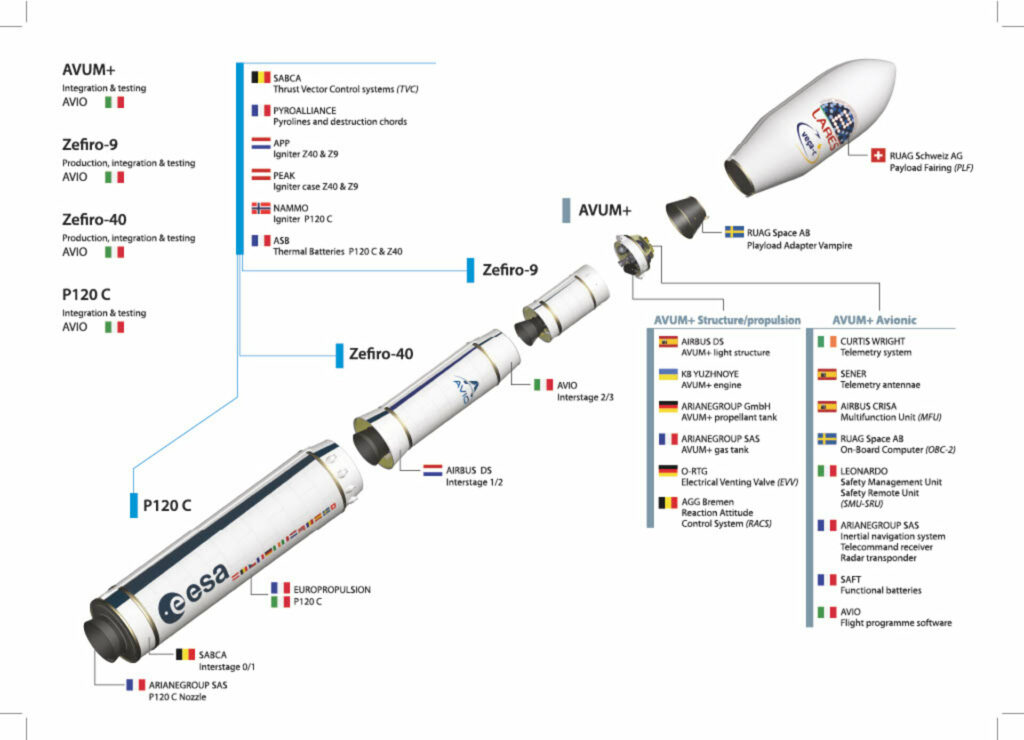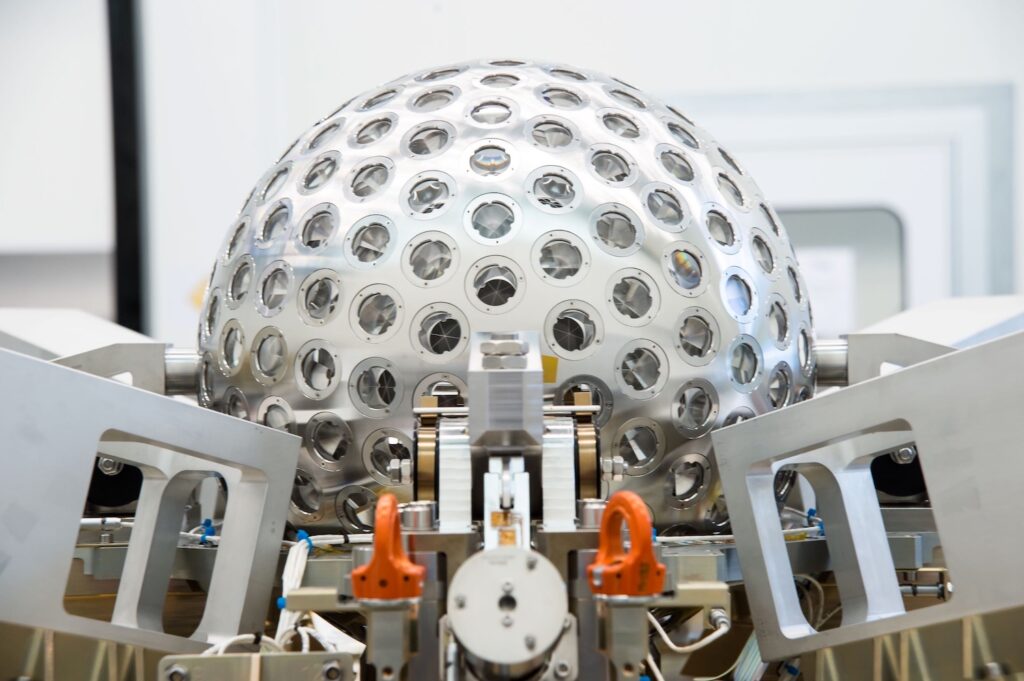On July 13, a new Vega-C rocket was launched from the Kourou cosmodrome in French Guiana. It ended with success. The carrier successfully launched a payload in the form of seven satellites into the specified orbits.
Technical design of the Vega-C rocket
Vega-C is a modification of the Vega light rocket designed to launch cargo into polar and low Earth orbits. It has a four-stage design. The first three stages of the carrier are equipped with solid-fuel engines, the fourth (AVUM+) is liquid. The RD-843 power unit is installed on it, which was developed by the Yuzhnoye Design Bureau and is mass-produced by the Southern Machine-Building Plant. Its distinctive feature is the possibility of multiple launches during flight. Thanks to this, Vega can provide satellite breeding in different orbits. Upon completion of the mission, AVUM+ is taken out of orbit to avoid its transformation into a fragment of space debris.

Vega-C differs from the basic version by having more powerful engines on the first and second stages. The upper stage has also been upgraded, in particular receiving large fuel tanks. All this made it possible to increase the payload of the rocket to 2.3 tons per 700-kilometer polar orbit. The rocket has also “grown up”: its height is 35 meters, diameter 3.4 meters, weight (when refueled) 210 tons.
First launch of Vega-C
The debut launch of Vega-C took place on July 13. The solid-fuel stages of the carrier worked in normal mode, bringing the AVUM+ stage with a payload to a suborbital trajectory. Subsequently, it performed five maneuvers that ensured the placement of the payload in the specified orbits.

As part of its first mission, Vega-C sent seven satellites into space. The main cargo was the Italian satellite LARES-2. Its exact position in orbit will be monitored using lasers from ground stations. The purpose of the mission is to measure the distortion of space-time caused by the rotation of the Earth (Lense–Thirring precession).
The mission’s associated cargo was six experimental cubesats provided by Italy, France and Slovenia. The devices are assigned different tasks. So, the Greencube satellite will carry out an experiment on growing plants in microgravity. And the Trisat-R device will study the impact of the Earth’s radiation belts on on-board electronics.
Recall that recently ESA postponed the debut launch of the Ariane 6 heavy rocket to the beginning of 2023.
According to https://www.esa.int
Follow us on Twitter to get the most interesting space news in time
https://twitter.com/ust_magazine
